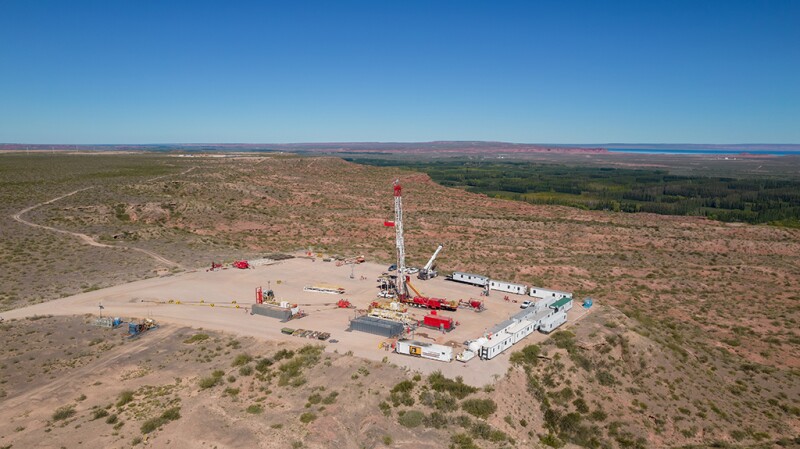The objective of the complete paper is to present geological and reservoir characterization, drilling and production strategies, historical performance, and economics of the Vaca Muerta reservoir. The word “petroleum” as used in this paper includes oil, natural gas, and natural-gas liquids. The authors conclude that oil and gas potential in the Vaca Muerta shale is significant and rivals the potential of shales widely developed in the United States and Canada.
Reservoir Background
In 2008, exploration activities began in the Loma Campana (LC) field, leading to Vaca Muerta’s discovery in 2010. The LC area was selected as the first factory-mode development because of its pre-existing infrastructure and accessibility.
The urgency of boosting hydrocarbon production in Argentina has driven multiple companies to invest substantially in unconventional resources.
The complete paper details the shale’s geological setting and reservoir characterization. Reservoir heterogeneity and its effect on productivity are described for selected development areas, including La Amarga Chica (LAC), the central area, and LC.
Vaca Muerta is an attractive target for shale development because of a few factors.


